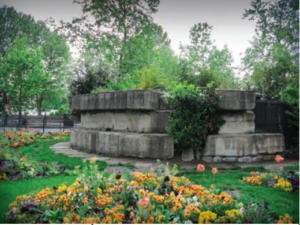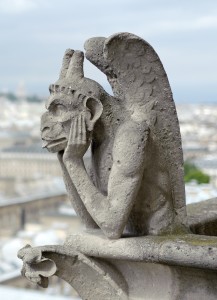Recently, Sandy and I spent a couple of weeks on board a cruise ship with a lovely couple, Gerry and Marsha. They were our evening dinner mates along with two other wonderful couples. It turns out Gerry got his undergraduate degree in archeology (he’s a federal judge—kind of like me getting my degree in geology but becoming a commercial banker). So needless to say, we had some interesting conversations.
With that in mind, I thought I’d dedicate a blog on Paris archeology to Gerry. So Gerry, this one’s for you.

I think I’ve written in the past that I’m convinced the largest museum in the world is just beneath the surface of Paris streets (if you don’t believe me, visit the Crypte Archéologique du Parvis Notre-Dame—the Archaeological Crypt). It seems every time an excavation is performed, they find something interesting from the Middle Ages. The problem is the Paris government doesn’t like to do archeological digs. It’s only when a basement is remodeled, a new Métro station is created, or restoration is done on one of Paris’s landmarks that we get a glimpse into Paris’s past. Read More Paris Digs


